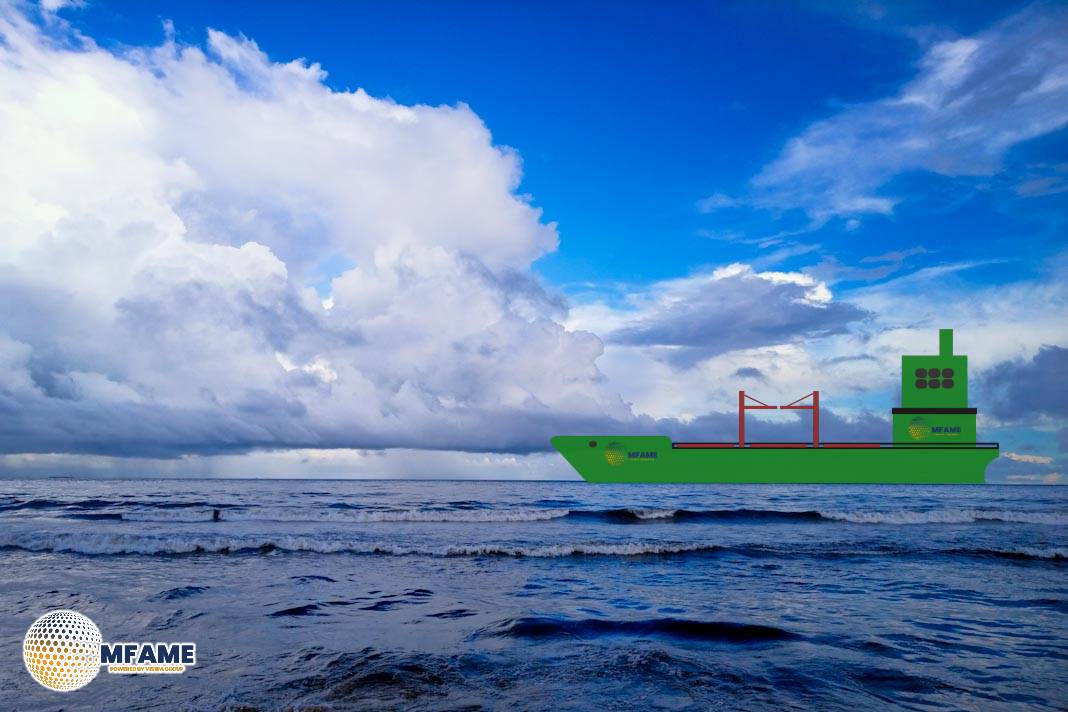According to Intermodal Senior Analyst Nikos Tagoulis, Ukraine employed a coordinated strategy using cruise missiles and strike drones to hit oil-loading facilities at Novorossiysk, briefly suspending operations there. The assault also impacted the neighboring CPC terminal. In retaliation, Russia struck Odesa, damaging essential power infrastructure.
These events follow a prior large-scale attack by Russia on Ukraine’s natural gas pipeline network in October — a move widely viewed as an effort to cut gas deliveries and exert economic pressure ahead of winter. Since 2022, critical energy infrastructure has repeatedly been targeted: Russia has hit power generation and heating systems, while Ukraine has focused its strikes on Russian refineries, depots, and export terminals.
Tensions Spill Into Shipping Markets
The tanker sector has already felt the impact: the Suezmax TD6 spot rate (Black Sea → Mediterranean) climbed more than 6%, surpassing $105,000/day. Although Novorossiysk has resumed operations, which temporarily eased some supply worries, the broader situation underscores just how fragile Black Sea trade is.
Novorossiysk’s importance is not trivial — the port handles roughly 2% of global oil exports, highlighting the Black Sea’s vital role in both Suezmax and Aframax trade routes.
Strategic Importance of Nearby Facilities
The CPC terminal near Novorossiysk also holds major strategic significance. It transports approximately 80% of Kazakhstan’s Tengiz crude through Russian territory to the Black Sea. Tagoulis notes that, if hostilities force a longer shutdown of Novorossiysk, Kazakhstan could reroute its exports via the Caspian Sea, using the BTC pipeline toward Ceyhan, Turkey. While this alternative avoids some geopolitical risk, it is slower, costlier, and more logistically complex.
Winter Risks and Freight Implications
Although short-term interruptions had momentary market effects, the real concern comes with prolonged disruption, especially given the intensifying strategic relevance of energy infrastructure in winter. If hostilities persist, possible outcomes include:
- More sustained freight rate increases, especially as some shipowners may steer clear of the region.
- Higher war-risk premiums as regional tonnage tightens.
- A potential reshaping of trade flows over time.
Ukraine’s Energy Pivot: Seaborne LNG
In response to mounting gas shortfalls, Ukraine has secured a deal with Greece to import U.S. LNG via Greek regasification terminals. The gas will then travel through a pipeline network — the Vertical Corridor — via Bulgaria, Romania, and Moldova.
From a maritime standpoint, this agreement shifts some of Ukraine’s energy imports from overland routes to seaborne transport, aligning with rising transatlantic LNG demand.
Did you subscribe to our daily Newsletter?
It’s Free — Click here to Subscribe!
Source: SAFETY4SEA
























